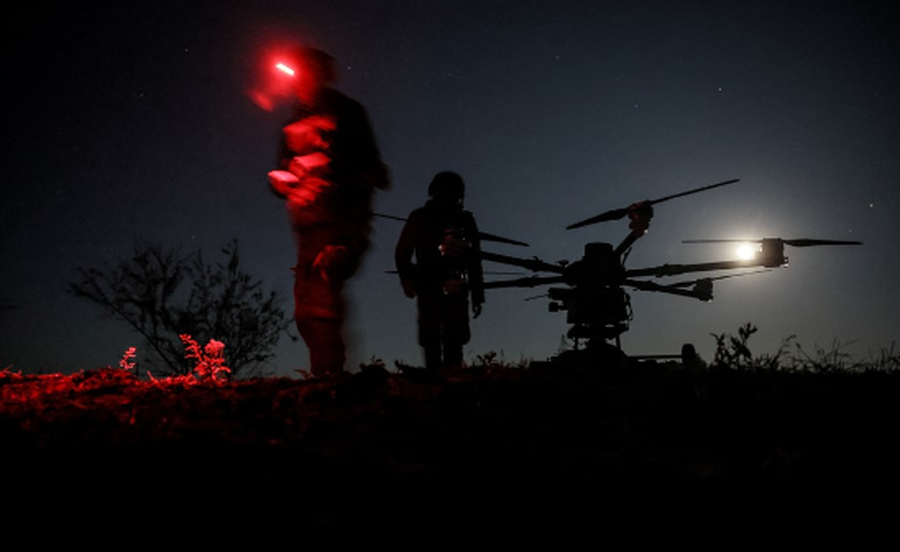
Russia's full-scale invasion of Ukraine is often called the first major drone war.
According to foreign media, as the conflict has dragged on, drones without nuclear warheads have been used as bait.
Their main task is to disrupt detection and interception systems targeting aerial threats, forcing the enemy to waste expensive missiles on false targets.
Clarke says: “If they [Russia] send enough drones on the same wave, which they do, then some of them could just be empty.”
"You're faced with 70 drones coming in the first wave and you have to decide, are you going to use 70 missiles to shoot them all down and then find out in the next wave you don't have 70 missiles available?"
By increasing the number of drones with real nuclear warheads in each wave, the Russians face increasingly weak defenses.
He adds that Russia has created a new type of Shahed drone that can change its speed using artificial intelligence, making it more difficult to track, writes A2 CNN.
"The defender then needs artificial intelligence to more carefully understand what's going on."
Drones are cheap, simple, can be launched from anywhere, and can overwhelm defenses.
Ukraine is currently reducing defenses to 60% of any attack, writes A2 CNN.
To the point where this reaches 30% and Russia launches 200-300 drones three times a week, this "would change the situation in the air war." (A2 Televizion)











